America Prepares for a Pacific War With China It Doesn’t Want
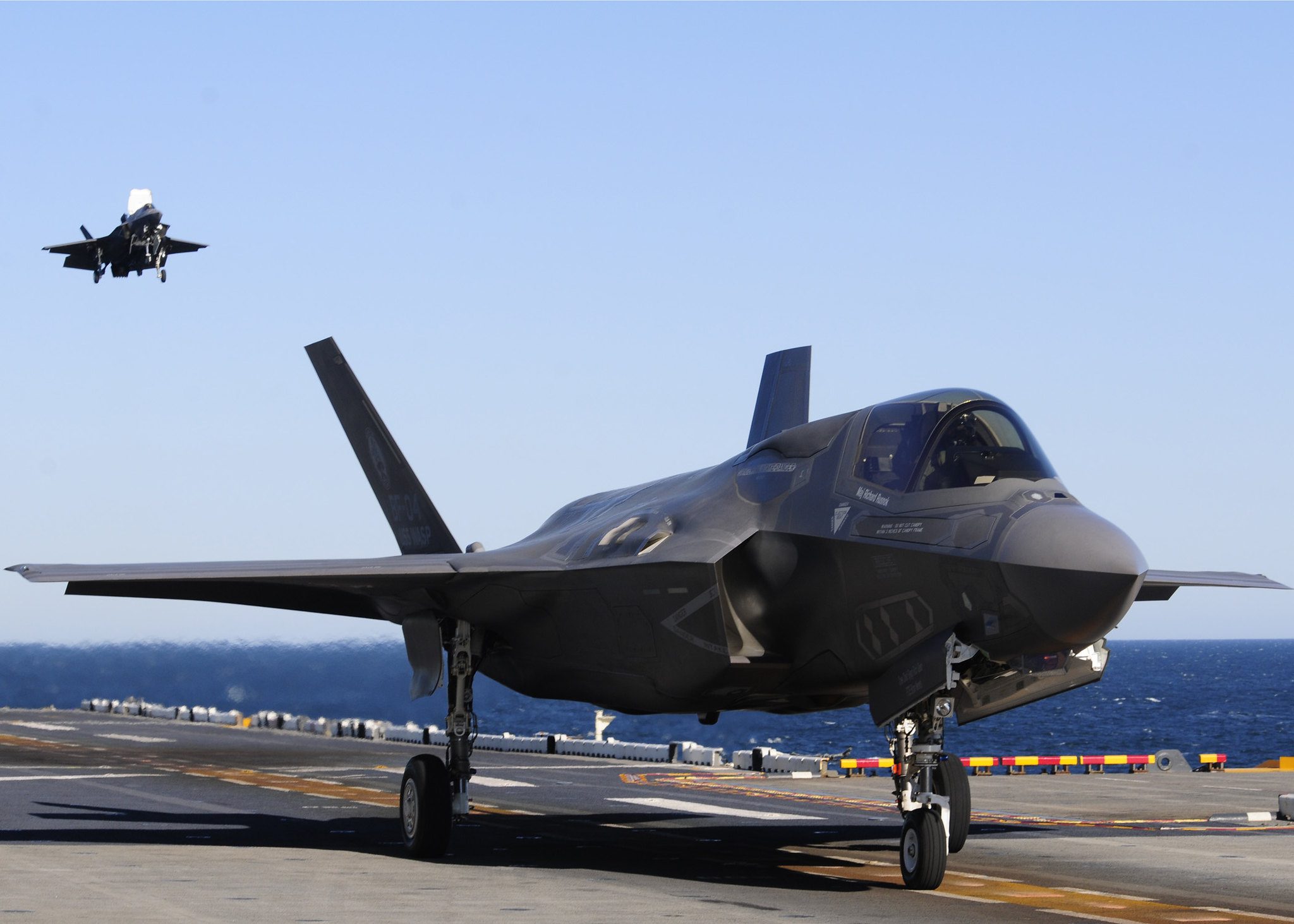
Embedded with US forces in the Pacific, I saw the dilemmas of deterrence firsthand.
By Zuri Linetsky
This article appeared in Foreign Policy on September 16, 2023. It includes references to the Eurasia Group Foundation, now known as the Institute for Global Affairs.
Flying over the Australian Outback at night in a US Marine Corps KC-130J aerial refueler, the scene outside the cockpit is a featureless sea of black. The instrument panels are backlit in neon green. The radio crackles in my ear over the baritone drone of the aircraft’s four propellers. Lt. Col. Courtney O’Brien (call sign Britney) alerts me to two fighter planes approaching from the rear. The KC-130J deploys fuel lines from tanks on both wings as incoming Lockheed Martin F-35C Lightning II fighter jets extend their fuel probes to begin aerial refueling.
I watch as digital displays on five fuel gauges slowly tick down from 50,000 pounds to just under 20,000. As the F-35C’s disconnect and drop away, a core challenge to US strategic objectives across the Pacific theater comes into focus. To operate across this vast region and prepare for a potential conflict with near-peer competitors, the US military needs shrewd solutions for complex logistical puzzles of time and distance.
Ensuring the Indo-Pacific region remains “free and open” is the primary strategic objective of the Biden administration. It seeks to protect the law of the sea, maintain open sea lanes and the free flow of seaborne trade, and resist coercion against Taiwan. To this end, the United States is working to ensure its military capacities can be intermingled with local allies and partners in “integrated deterrence.” This requires sustaining forces thousands of miles from the United States, sitting at the end of intricate supply chains that China has every interest in breaking.
It’s not just that the mission is far away; the theater itself is enormous. Nearly 6,000 miles lay between the US military bases in San Diego and Iwakuni, Japan—more than twice the distance from Washington to Los Angeles. The United States and its allies need to minimize travel time and maximize the time their forces can remain deployed in forward areas.
…
Read more of this article in Foreign Policy

Written by Zuri Linetsky
Zuri is a research fellow with the Independent America project at the Institute for Global Affairs.
Read more from Zuri
This post is part of Independent America, a research program led out by Jonathan Guyer, which seeks to explore how US foreign policy could better be tailored to new global realities and to the preferences of American voters.
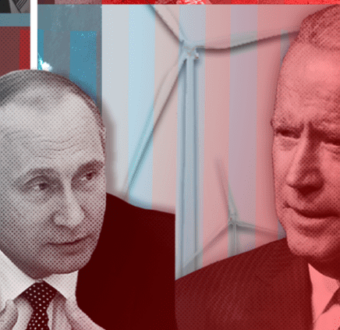
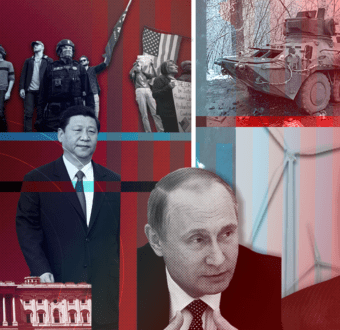
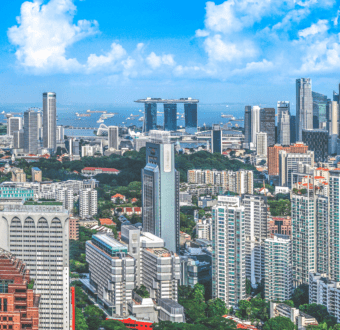
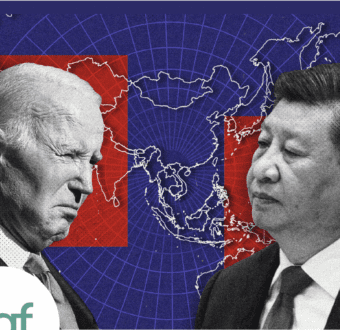
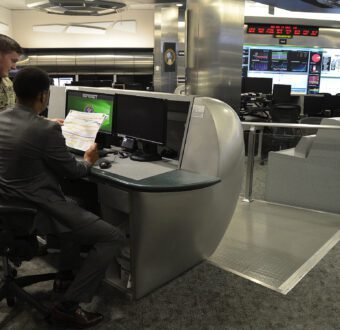
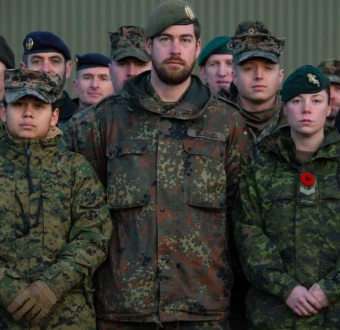
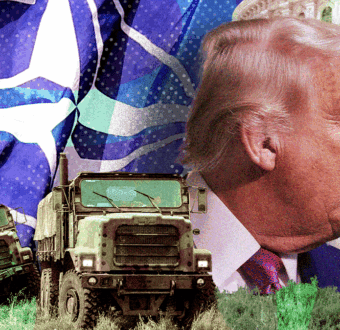



America Prepares for a Pacific War With China It Doesn’t Want